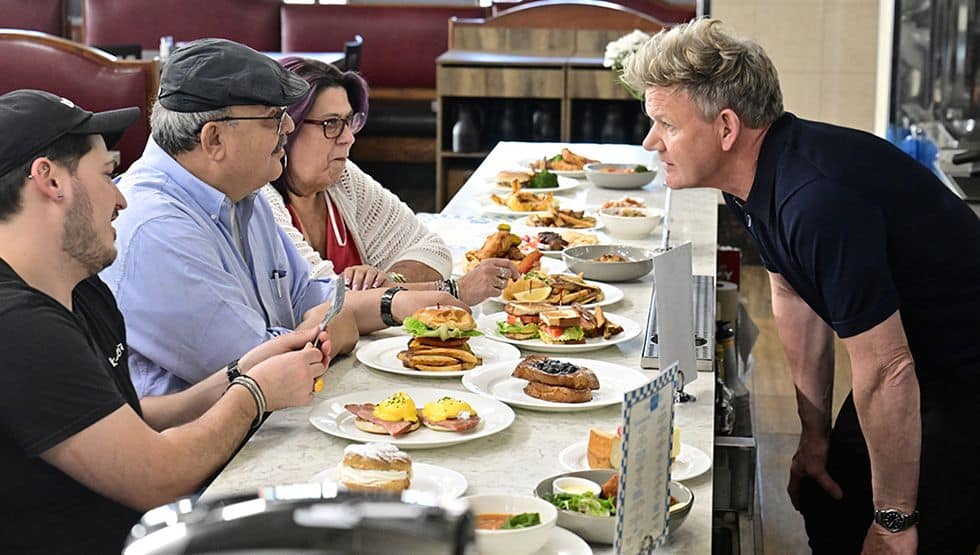In the world of culinary drama, few shows have captured audience attention quite like Gordon Ramsay’s “Kitchen Nightmares.” One of the most talked-about episodes featured Mill Street Bistro, located in Norwalk, Ohio. The restaurant became infamous for its heated exchanges between Ramsay and the owner, Joe Nagy. After the cameras stopped rolling, many viewers were left wondering what happened to Mill Street Bistro. Did it thrive, or did it fall by the wayside?
The episode featuring Mill Street Bistro aired in 2013 and was divided into two parts due to the intensity of the transformations and the conflicts. Gordon Ramsay, known for his no-nonsense approach, faced significant challenges with owner Joe Nagy. Disagreements over food quality, customer service, and management style were at the forefront of the episodes.
Following the airing of “Kitchen Nightmares,” Mill Street Bistro experienced a mixed reception. The exposure from the show brought in curious diners eager to experience the restaurant for themselves. However, not all reviews were favorable. Some patrons continued to criticize the food and service, echoing some of the issues highlighted by Ramsay.
Despite attempts to revamp the menu and improve customer relations, Mill Street Bistro struggled to maintain a consistent customer base. The challenges proved to be insurmountable, and eventually, the restaurant closed its doors. Reports indicate that Joe Nagy attempted to rebrand and reopen the business, but those efforts did not come to fruition.
The story of Mill Street Bistro serves as a cautionary tale about the restaurant industry. The exposure from a popular television show can be a double-edged sword. While it can bring in new customers, it also magnifies existing issues that need to be addressed. For Mill Street Bistro, the changes implemented were not enough to create a lasting impact.
For aspiring restaurateurs, the saga of Mill Street Bistro offers several lessons. First, it’s crucial to listen to customer feedback and adapt accordingly. Second, effective management and a cohesive team are essential for success. Finally, while media exposure can provide a temporary boost, long-term success relies on consistent quality and service.
In conclusion, Mill Street Bistro’s story post-Kitchen Nightmares is one of potential unrealized. The restaurant’s closure highlights the challenges inherent in the industry, particularly when changes are not fully embraced. As Gordon Ramsay often emphasizes, the key to culinary success lies in passion, quality, and adaptability.
